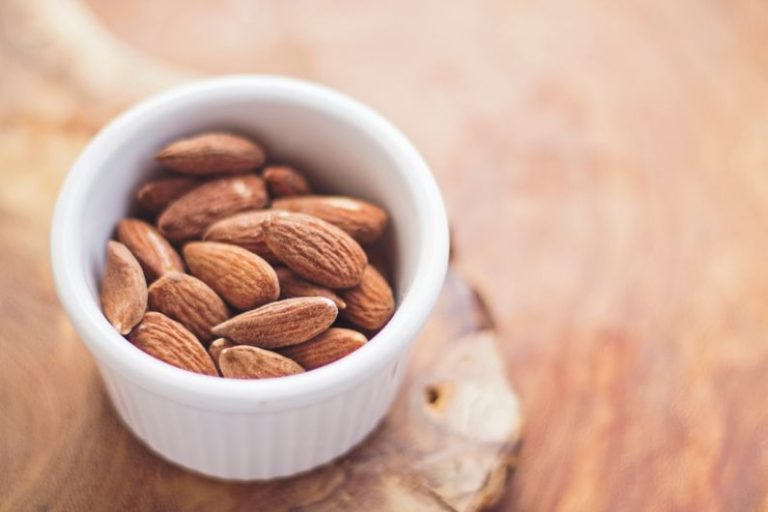Navigating the World of Protein Powders
Protein powders have become a staple in the fitness world, offering a convenient way to increase protein intake and support muscle recovery and growth. With a multitude of options available on the market, navigating the world of protein powders can be overwhelming for beginners and seasoned athletes alike. Understanding the different types, ingredients, and purposes of protein powders can help individuals make informed decisions to meet their fitness goals effectively.
**Types of Protein Powders**
Whey, casein, soy, pea, and hemp are some common types of protein powders available. Whey protein, derived from cow’s milk, is a fast-digesting protein that is ideal for post-workout consumption to support muscle repair. Casein protein, also derived from milk, is slow-digesting and is often taken before bed to provide a sustained release of amino acids throughout the night. Soy protein is a plant-based alternative suitable for vegetarians and vegans, while pea protein is another plant-based option that is easily digestible and hypoallergenic. Hemp protein, made from hemp seeds, contains all essential amino acids and is rich in omega-3 fatty acids.
**Choosing the Right Protein Powder**
When selecting a protein powder, it is essential to consider your dietary preferences, fitness goals, and any allergies or sensitivities you may have. Whey protein is a popular choice for those looking to build muscle and enhance recovery, while plant-based options like soy and pea protein are suitable for individuals with lactose intolerance or following a vegan diet. Pay attention to the ingredient list and opt for protein powders with minimal additives and artificial sweeteners.
**Quality and Purity**
The quality and purity of a protein powder can significantly impact its effectiveness and digestibility. Look for products that have undergone third-party testing to ensure they are free from contaminants and accurately labeled in terms of protein content. Protein powders with a higher protein content per serving are generally more concentrated and can be more cost-effective in the long run.
**Timing and Usage**
The timing of protein powder consumption can influence its benefits on muscle growth and recovery. Consuming protein powder within 30 minutes of completing a workout can help kickstart the muscle repair process and replenish glycogen stores. Protein powder can also be used as a convenient snack or meal replacement to increase overall protein intake throughout the day. Experiment with different timings and dosages to find what works best for your body and fitness routine.
**Flavor and Mixability**
Protein powders come in a variety of flavors, including chocolate, vanilla, strawberry, and more. While taste is subjective, choosing a flavor you enjoy can make it easier to incorporate protein powder into your diet consistently. Additionally, consider the mixability of the powder—opt for products that dissolve easily in water, milk, or your preferred liquid to avoid clumping and grittiness.
**The Verdict: Navigating Your Protein Powder Journey**
In conclusion, navigating the world of protein powders can be a daunting task, but armed with knowledge about the different types, quality indicators, and usage tips, you can make informed decisions to support your fitness goals. Experiment with various protein powders to find the one that suits your taste preferences, dietary needs, and fitness objectives. Remember that consistency is key, and incorporating protein powder into your daily routine can help optimize your performance and recovery in the long run.






